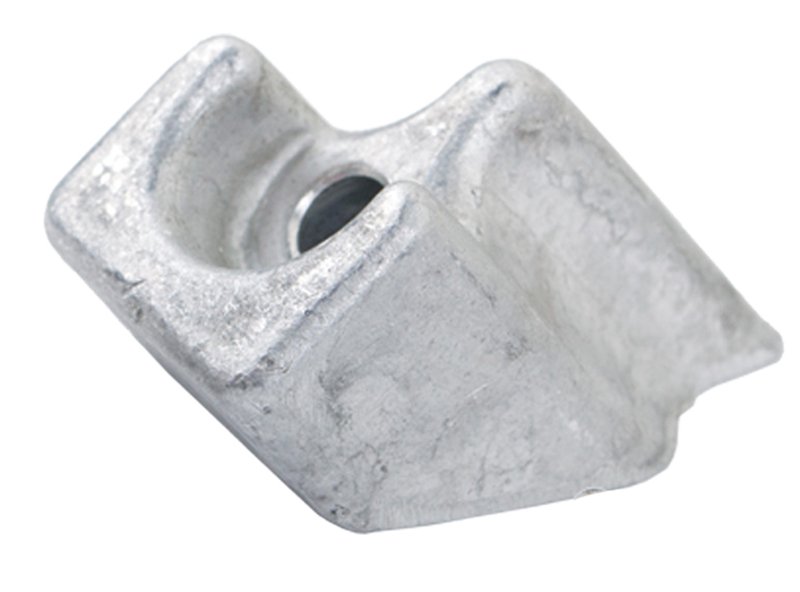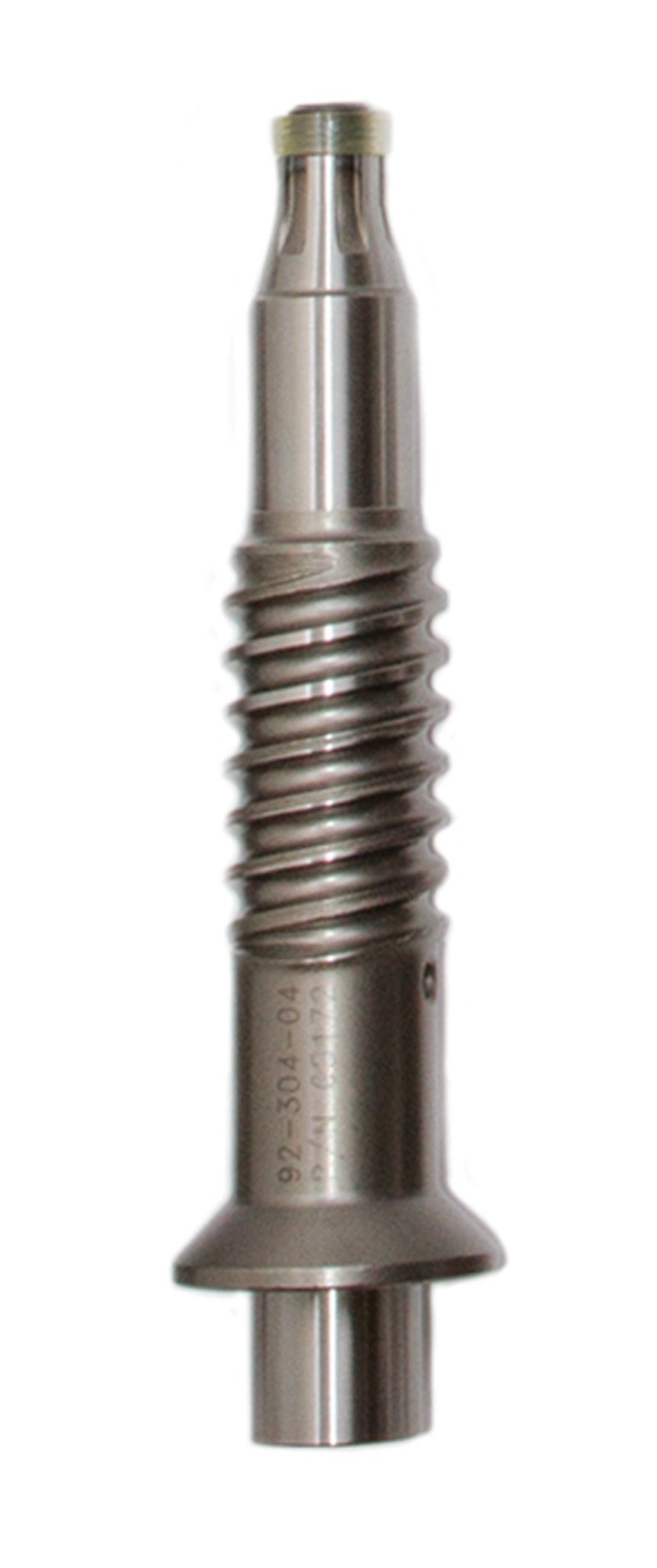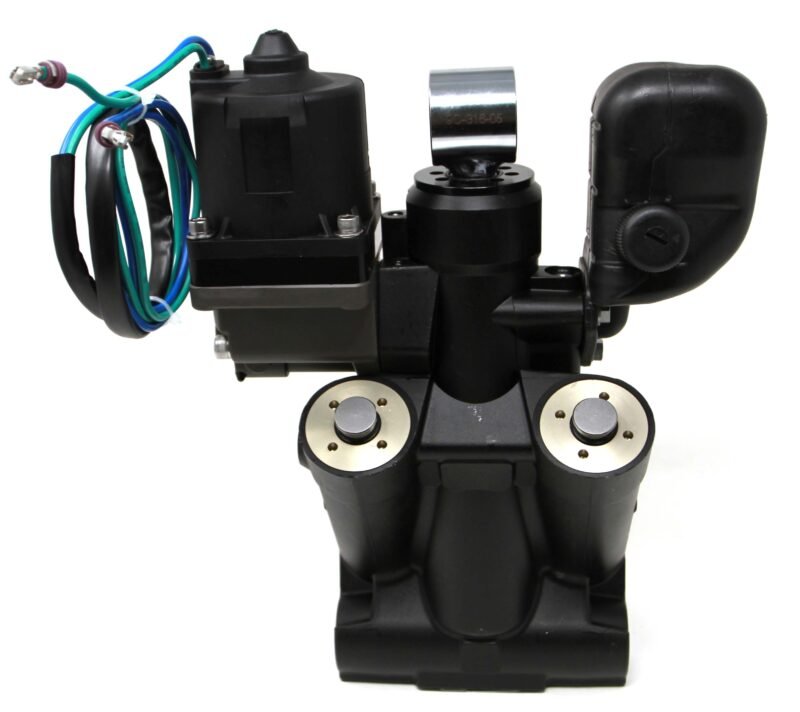
PIN, SHIFT LEVER
March 18, 2024
SCREW
March 18, 2024
Description
- Electrochemical Reactions: In many applications, such as batteries or electrolysis cells, anodes undergo electrochemical reactions where they oxidize or release electrons. This process is crucial for generating electrical current or facilitating specific chemical reactions.
- Corrosion Protection: In systems prone to corrosion, sacrificial anodes are often used to protect metal structures. These anodes, typically made of more reactive metals like zinc, or magnesium, corrode in place of the protected metal, thereby preventing its corrosion.
- Galvanic Cells: Anodes are fundamental components of galvanic cells, where they serve as the site of oxidation. As electrons flow from the anode through an external circuit to the cathode, electrical energy is produced.
- Plating and Electrolysis: In processes like electroplating, anodes supply metal ions to a solution, allowing them to deposit onto a substrate. Similarly, in electrolysis, anodes facilitate the decomposition of compounds by attracting negatively charged ions.
- Material Selection: The choice of anode material depends on factors such as its reactivity, conductivity, and compatibility with the electrolyte or environment in which it operates.
- Maintenance: In certain applications, anodes may need periodic inspection or replacement to ensure continued effectiveness. For example, sacrificial anodes on boats or pipelines are routinely checked and replaced as they corrode over time.




